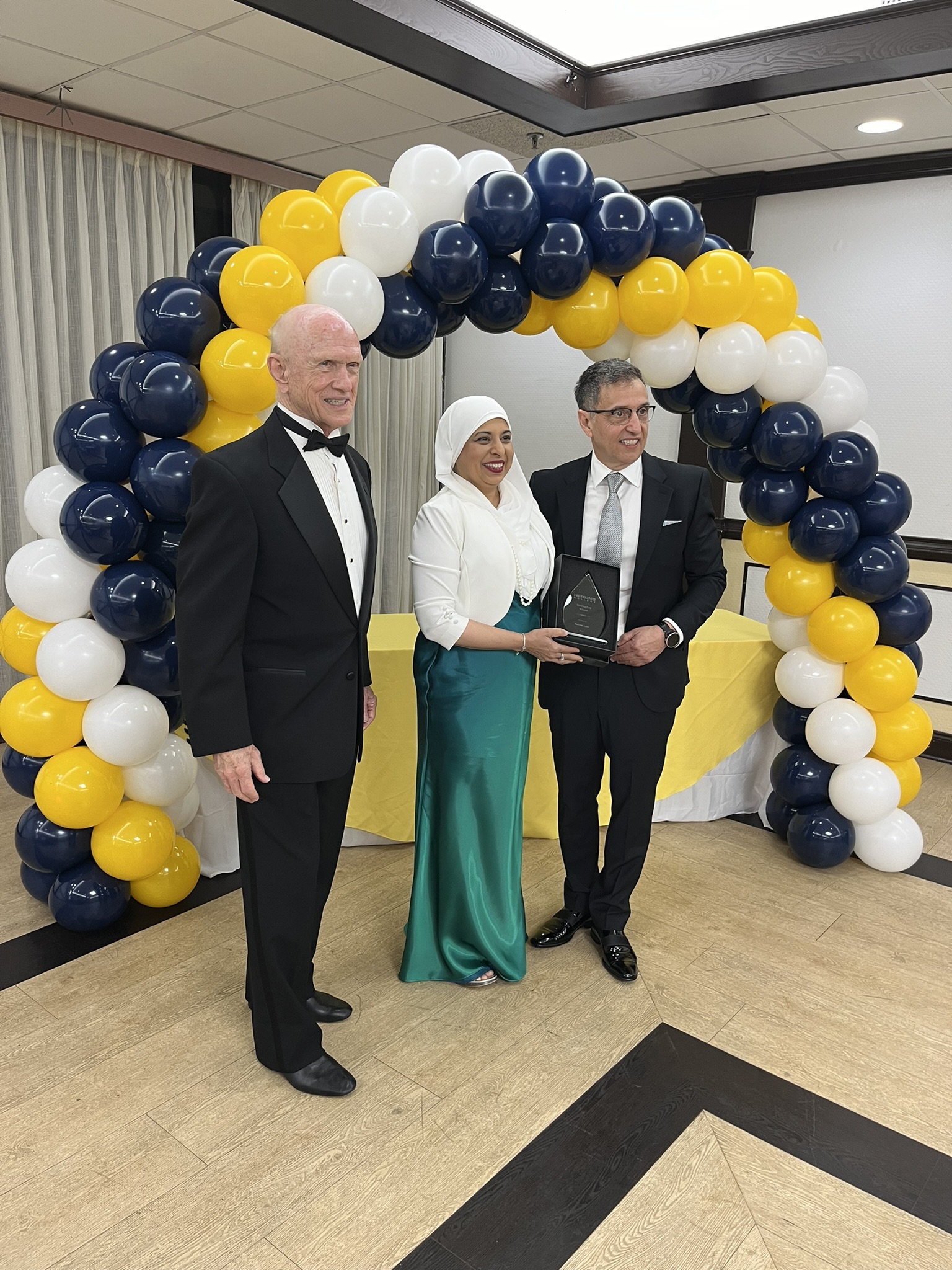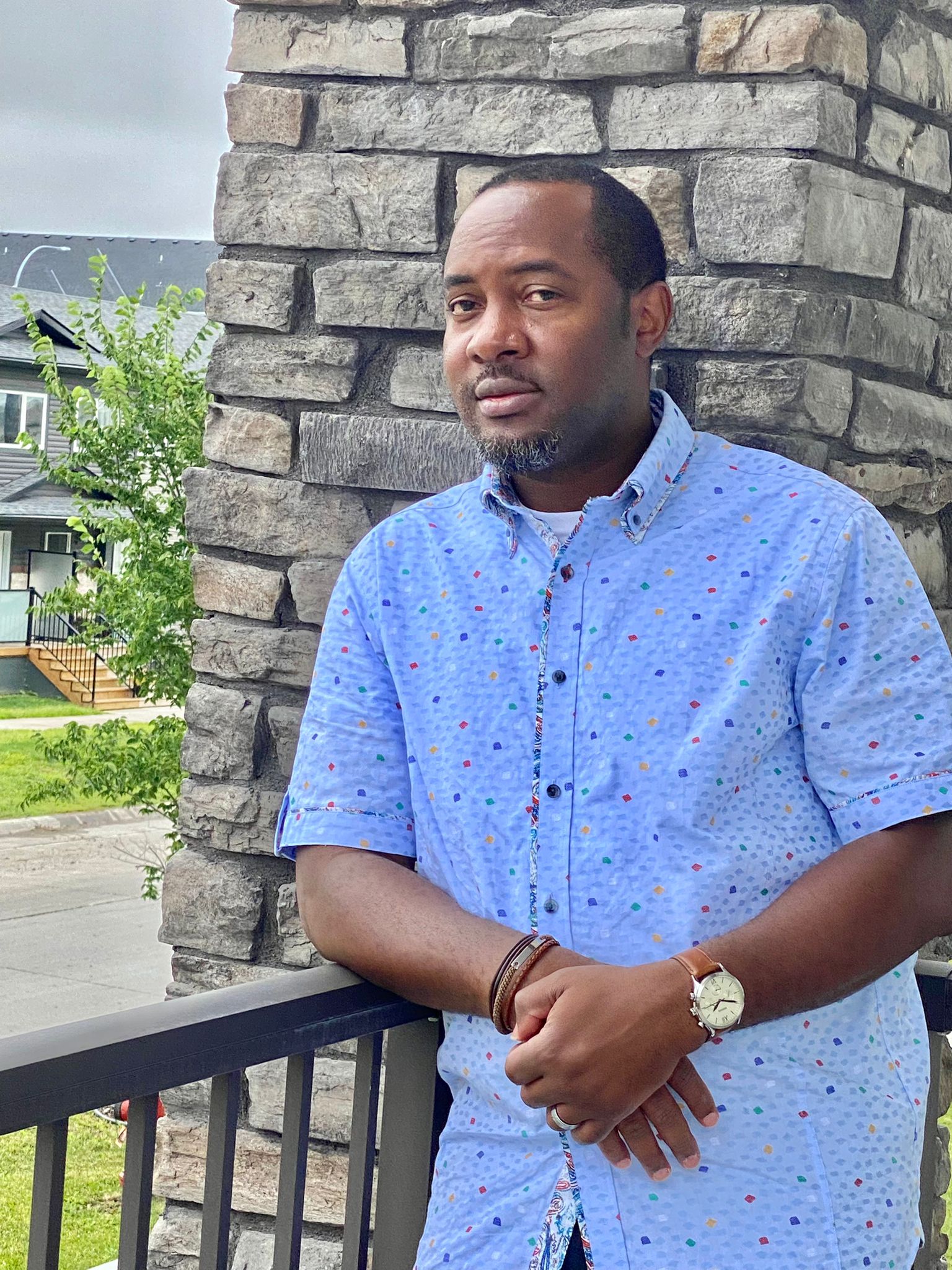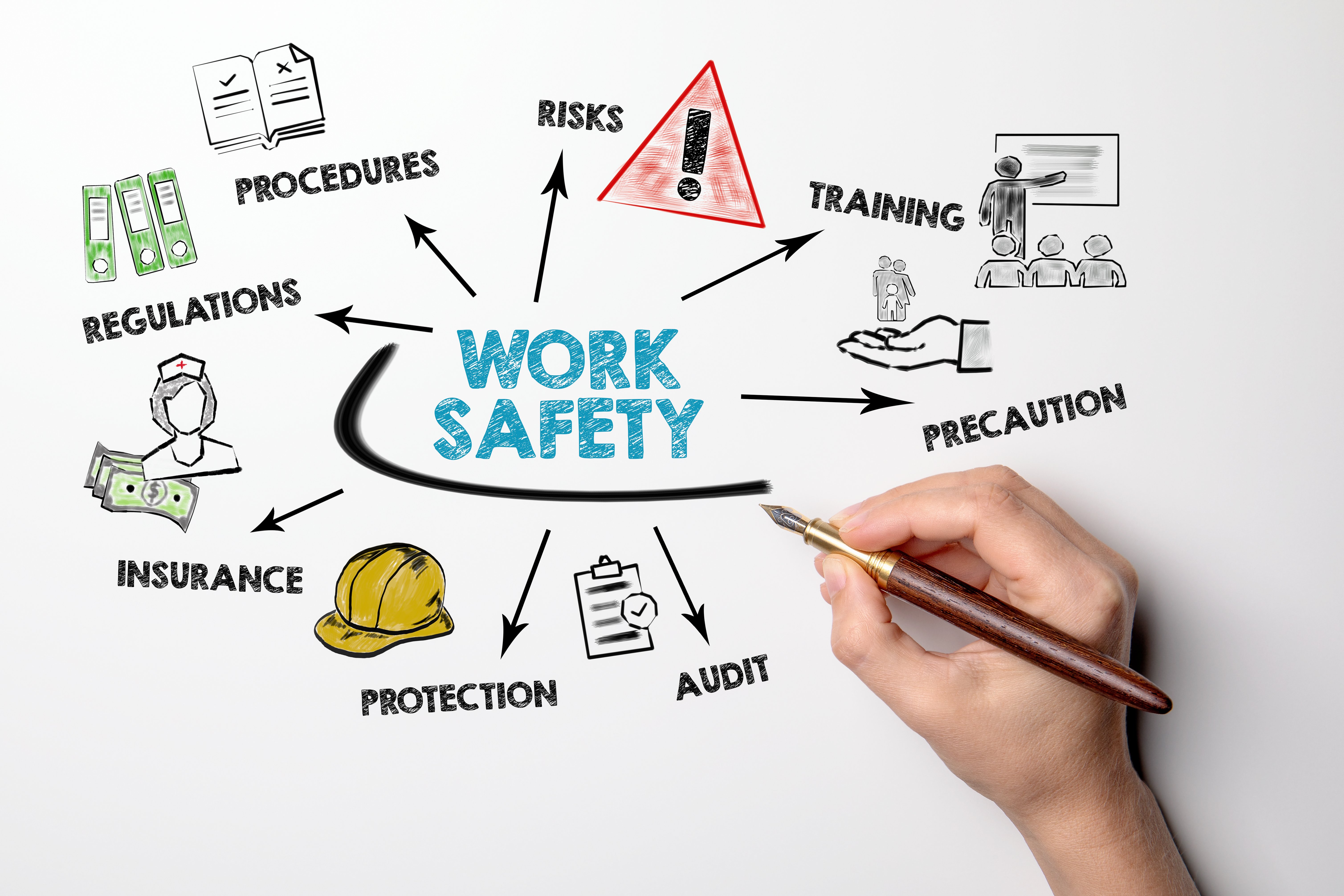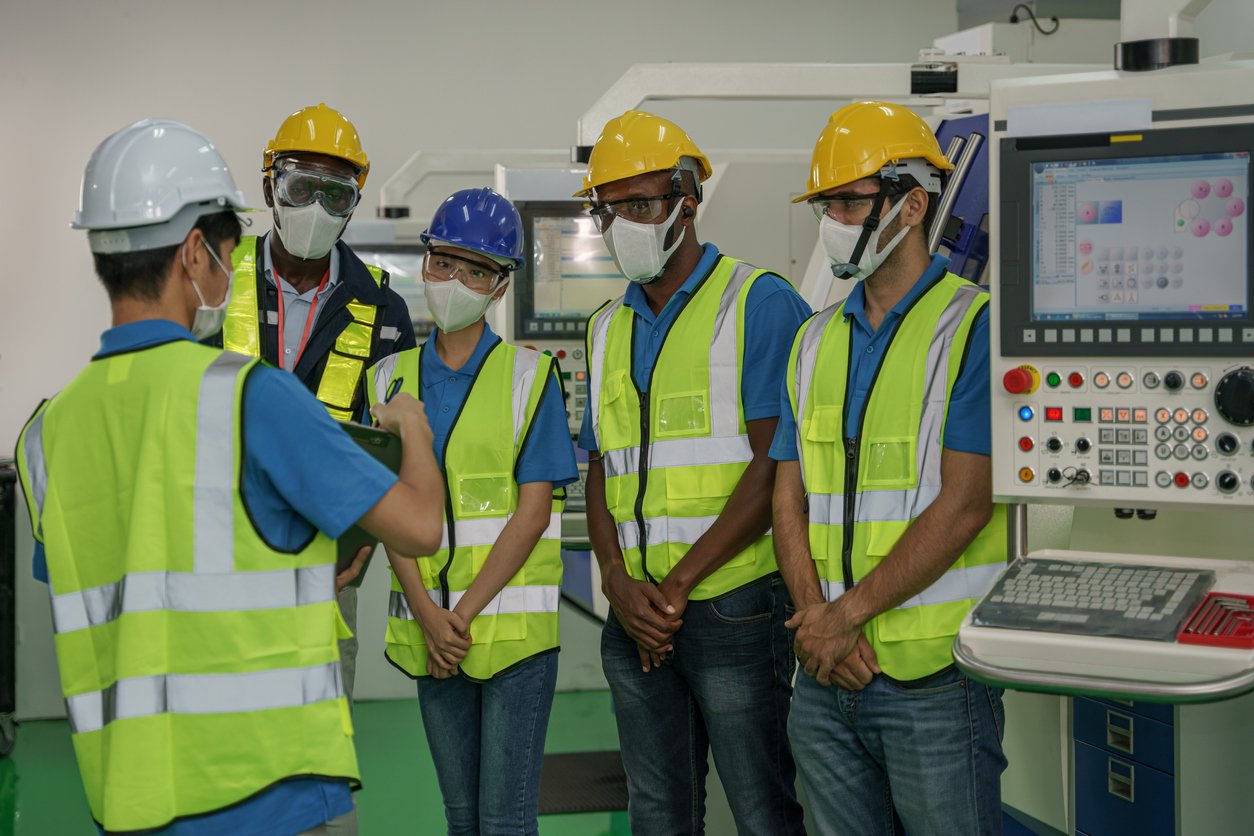Ever wonder why people sometimes take shortcuts, even when they know it could be risky?
Occupational health and safety (OHS) professionals need to understand the psychological aspects that govern workplace safety so they can grasp why employees act—or don’t act—in safe ways.
In this post, we explore the relationship between psychology and workplace safety, delving into the factors that influence employee behaviour and decision making. We also offer tips on how organizations can leverage psychological principles to cultivate a culture of safety and compliance, ultimately fostering a safer and healthier work environment.















